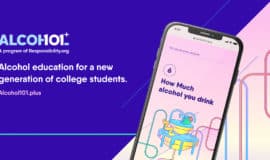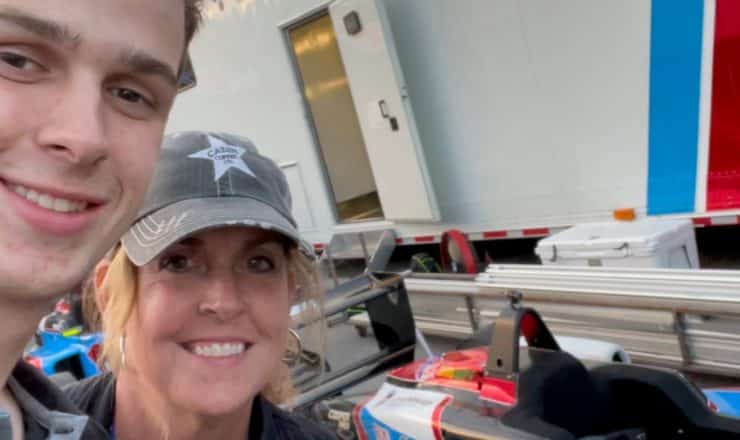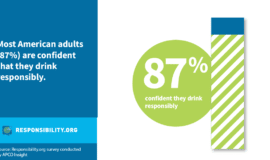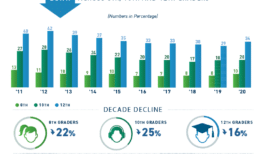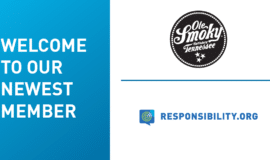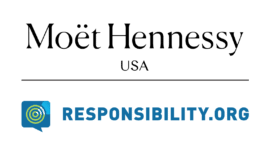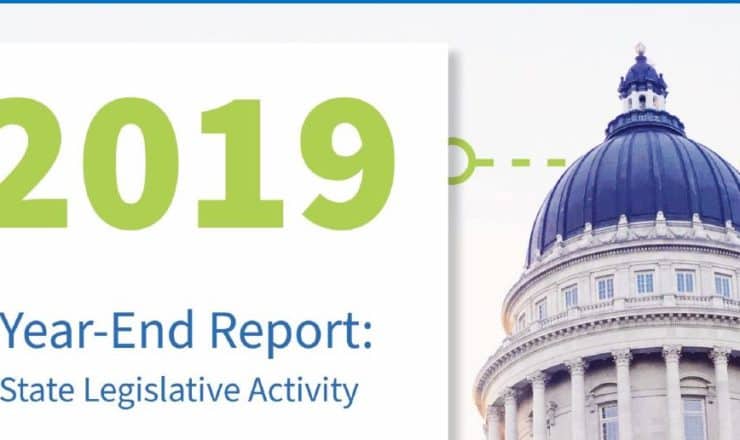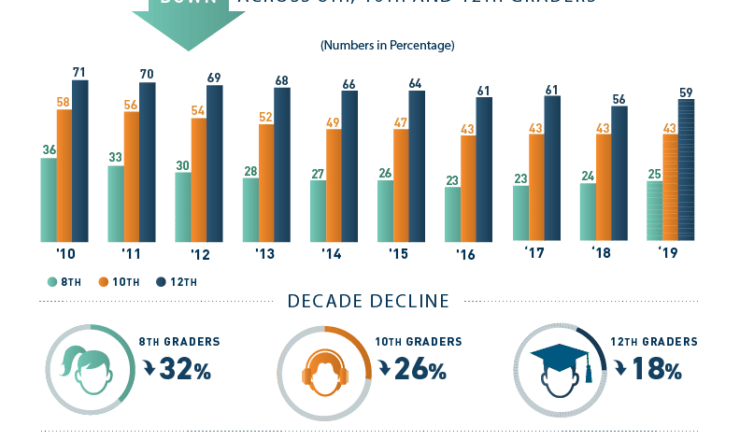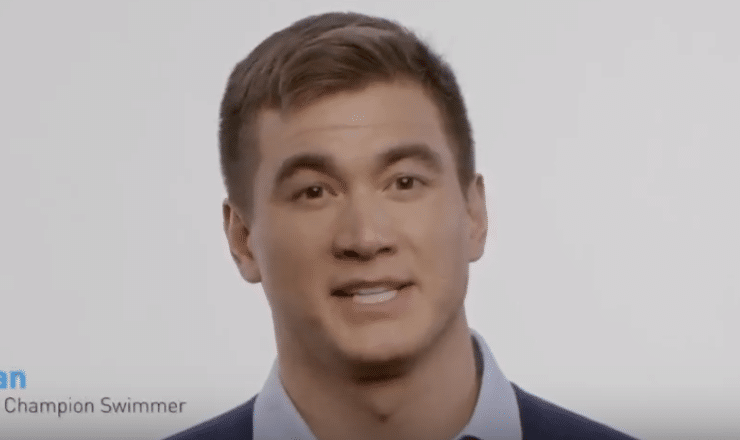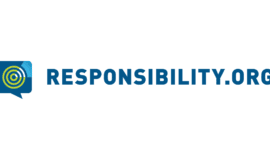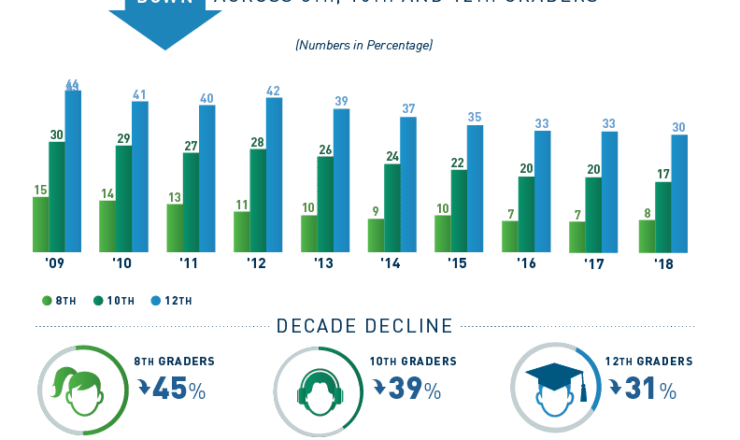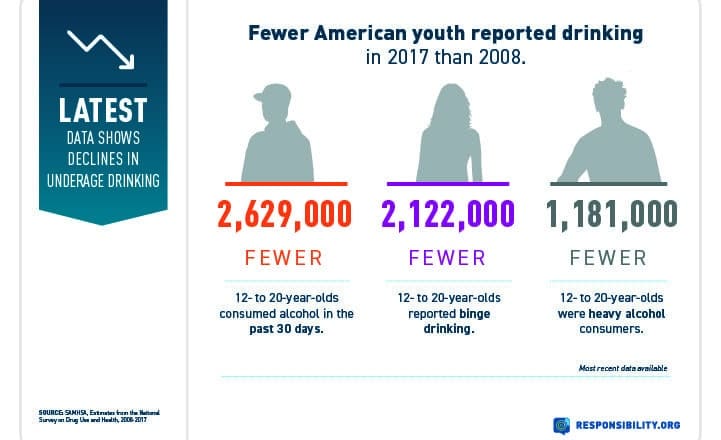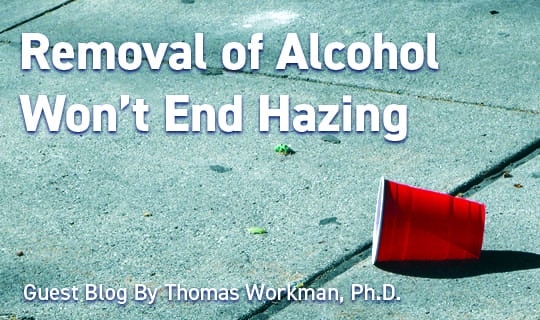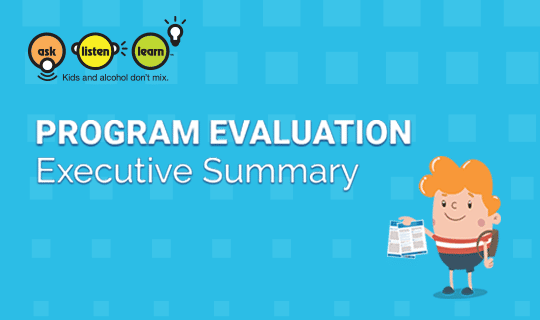I am finally 21, now what?
Every day, thousands of young people cross the last bridge into adulthood, simply by turning 21. Coming-of-age is often seen as a big deal here in America, marked with weeklong events, often featuring alcohol. For some Americans, it may be their first time to ever drink alcohol. For others, it may be the first time to legally drink alcohol but not their first taste of it.
As a recent graduate of The University of Maryland, I can say that underage and binge drinking were prevalent among the Terrapins. I remember my first night out in 2010, prior to the major crackdown by the university’s President, Dr. Wallace Loh. After a day of unpacking and setting up my new dorm suite, my parents left and entrusted me as a full-fledged college student. Once the entire dorm was parent-less, many peers on my floor took celebratory shots or searched for a person to buy alcohol in preparation for the infamous syllabus week, informally dubbed “sylly week.” The first week of classes is a time where professors read the syllabus for the year and the workload is less stressful than any other time during the semester.
As an 18-year-old college freshman, I wasn’t unfamiliar with drinking alcohol, however, I never indulged as much as my other new peers. My parents stopped drinking alcohol prior to my older brother’s birth, so alcohol was never in my home. Drinking was not allowed, and I was given clear instructions on what to do if I ended up in a dangerous situation. My social life was limited in high school due to various extracurricular activities from sports to academic clubs. Once senior year came around, I went out to some events, but never drank because the state of Maryland has strict zero tolerance laws for underage drinking and driving. Needless to say, alcohol was around me, but I chose to avoid it.
The first night as a college student was an eye opener. Students from all walks of life engaged in dangerous alcohol consumption rather quickly, and this was just to “pre-game.” Afterward, students vacated their overcrowded dorm rooms and hit the streets. Everyone’s destination: The streets directly behind “fraternity row,” where all the fraternity houses were located. By 11 p.m., every street and sidewalk was flooded with students. Cars could not maneuver through the crowds. Backyards and houses were full of students socializing and drinking.
I asked several students why they felt the need to include alcohol in their college experience. There were several common reasons. For one, students reasoned that alcohol allowed them to walk beyond the social barrier between peers. My friends and I recalled the education classes such as Alcohol EDU, the drinking lectures from resident assistants, the university emails meant to deter underage and binge drinking, etc. In my opinion, they were all well-intentioned tactics, but the impact on student culture was minimal.
The aforementioned scene changed significantly in 2011 when Dr. Loh cracked down on these fraternity parties by sustainably increasing police presence and increasing the perception of risk. Sports game day protocols for fraternity events were changed to require events be held on campus (not on fraternal lawns) and all attendees had to be 21 and wearing a wristband. This measure alone has filtered out a lot of off-campus drinking on game days. Alongside former Maryland Governor Martin O’Malley, Dr. Loh granted the University of Maryland Campus Police Force $30,000 for stricter enforcement of underage drinking laws and an increased financial burden for minors cited for possession of alcohol. In retrospect, I observed a drastic decline in students roaming the streets, parties at houses and public intoxication.
After the crackdown, parties shifted away from fraternity row, but alcohol consumption did not decrease among my peers. Many people procured a fake ID to use at bars, retail outlets, and restaurants from a “friend of a friend.” Using a fake ID was often a very successful and low-risk method that carried few consequences if caught. The typical penalty was confiscation of the fake ID and the loss of the money they spent to buy it.
I can recount dozens of instances where students were incapacitated. On weekends it wasn’t uncommon to see several ambulances called to dorms, with blacked out students being carted away in their own vomit.
Once we turned 21, there was a general sense of “now what?” The days of drinking underground were over. A major missing piece was the lack of alcohol education. For all the many efforts to prevent us from drinking, what was completely overlooked was any sort of effective, practical education to help students understand what responsible drinking means, the effects of various levels of alcohol consumption on your body and how many drinks constitutes overconsumption.
Now that I work at the Foundation for Advancing Alcohol Responsibility, I know how helpful it would have been to know about tools such as the Virtual Bar. This type of tool should be mandatory for 21-year-olds, so they can make responsible decisions about alcohol and understand their individual drinking limits. Schools should also consider it as part of their education for underage students. Every campus administrator and most parents want their kids to postpone alcohol consumption until they reach 21. I believe that’s the right legal decision and certainly the healthiest decision. But for students who break the law and drink underage, they should know how alcohol effects their bodies and potential consequences of overconsumption. In addition to alcohol prevention education, efforts should be made to teach young adults about responsible alcohol consumption.
You cannot drive without driving lessons and a test. We are taught about healthy foods, and we understand how much sugar, fat and calories constitutes overindulging. Why are we allowed to reach the legal drinking age without any advice on how to consume alcohol responsibly? Not everyone chooses to drink alcohol, but if they do, they need to know how to do so safely and responsibly. I believe this is a major missing piece to reduce alcohol overconsumption on college campuses.
Austin Rodriquez is an Associate in the Government Relations and Traffic Safety department and a native of the Washington-Metropolitan Area. Relationships – both professional and personal – are a top priority for him.
*The views and opinions expressed in this blog are solely those of the author and do not necessarily reflect the views of the Foundation for Advancing Alcohol Responsibility (Responsibility.org) or any Responsibility.org member.*


